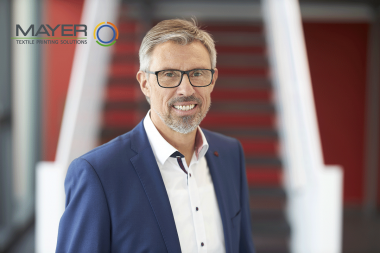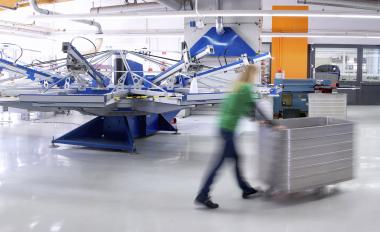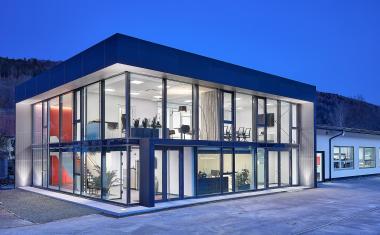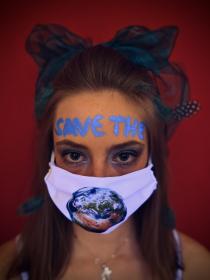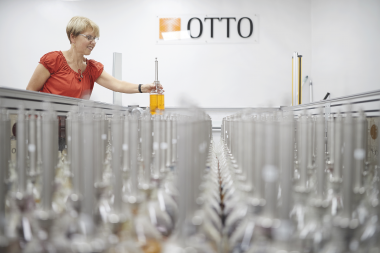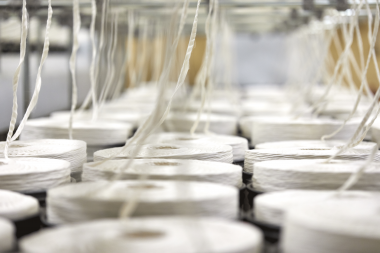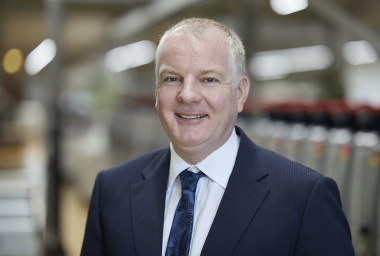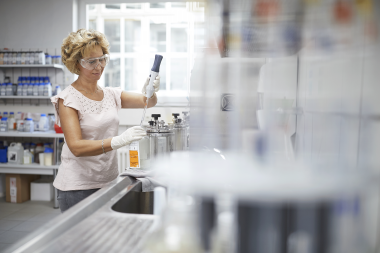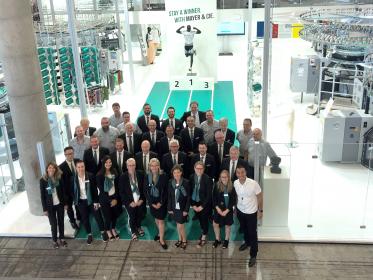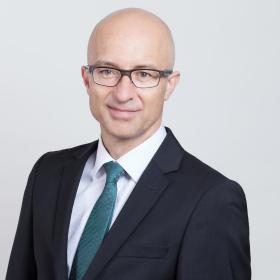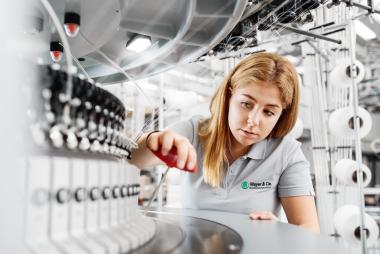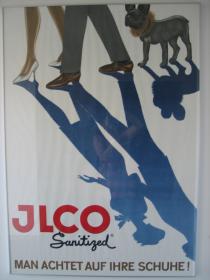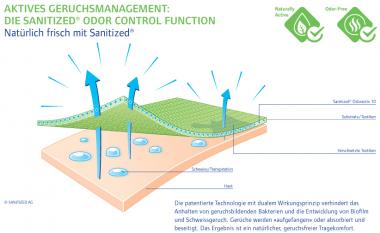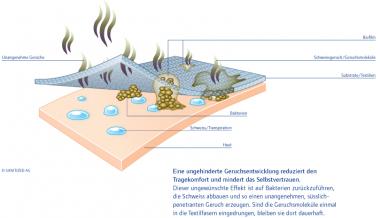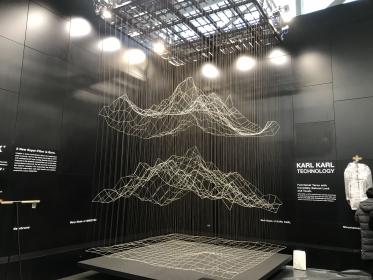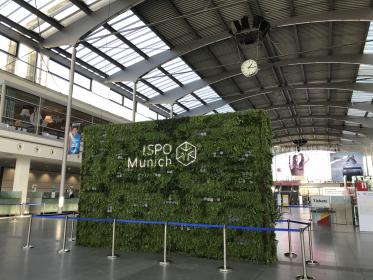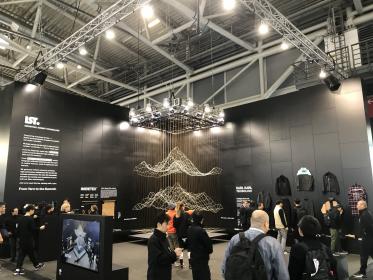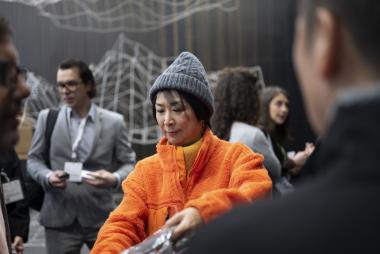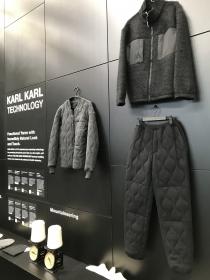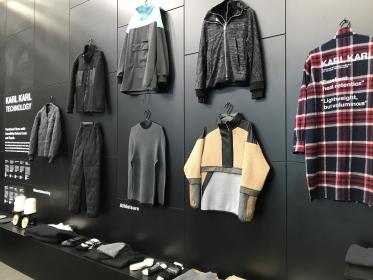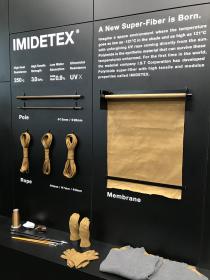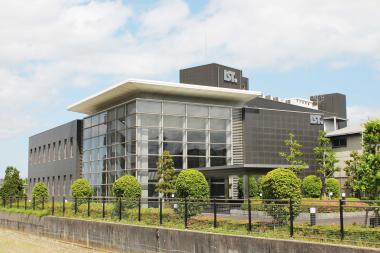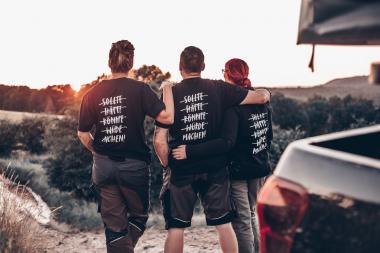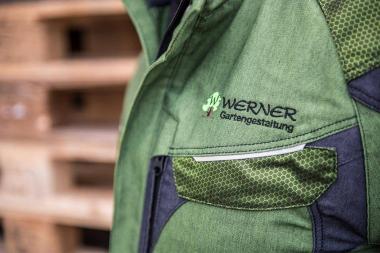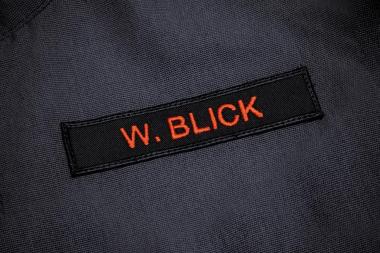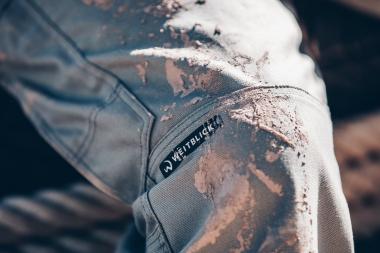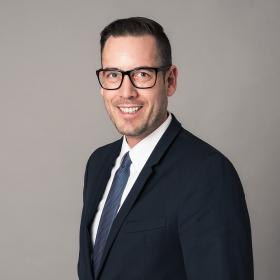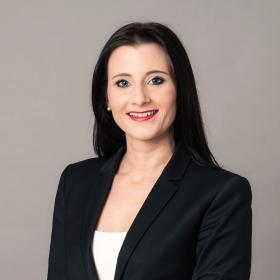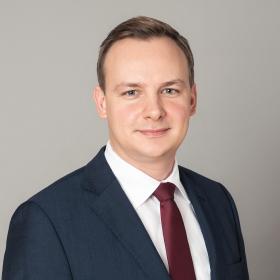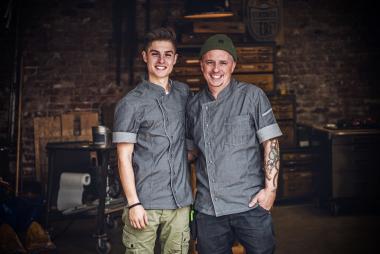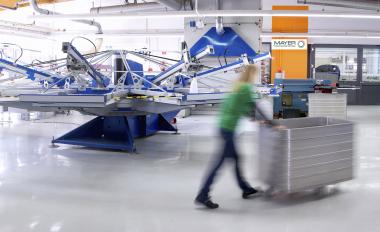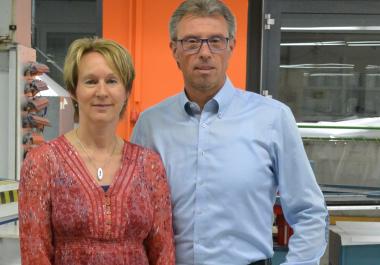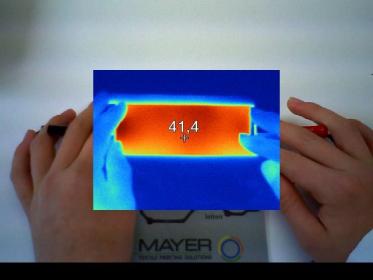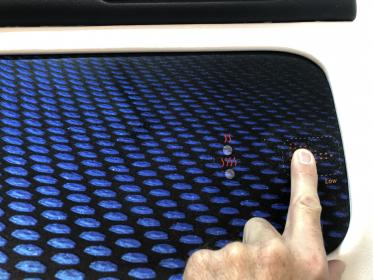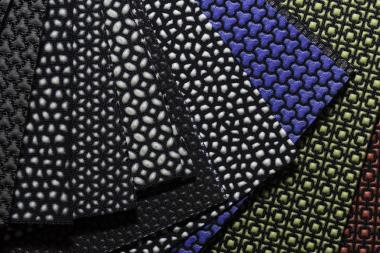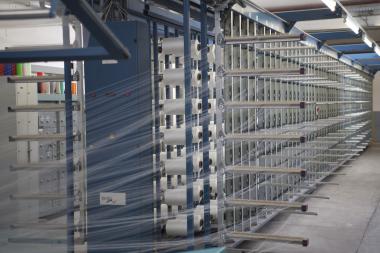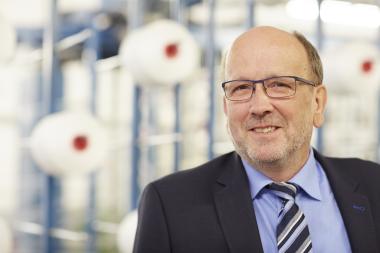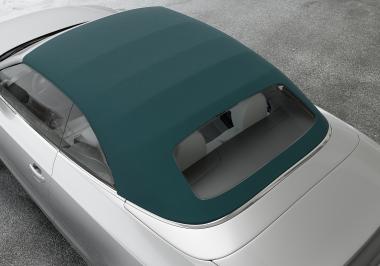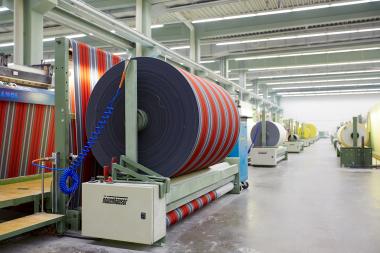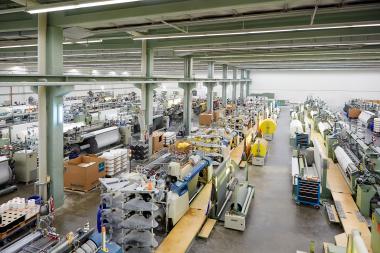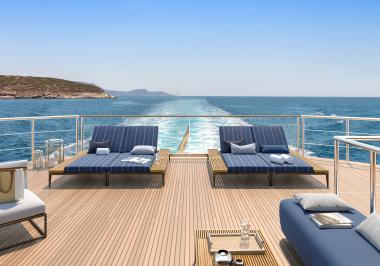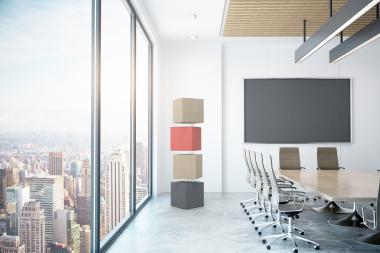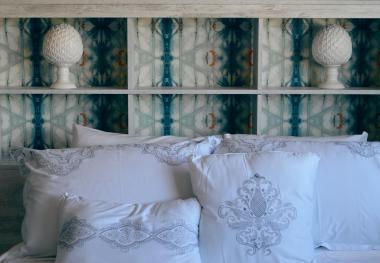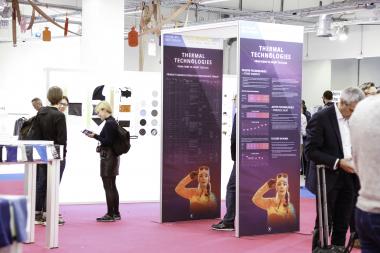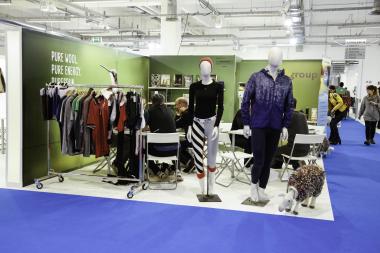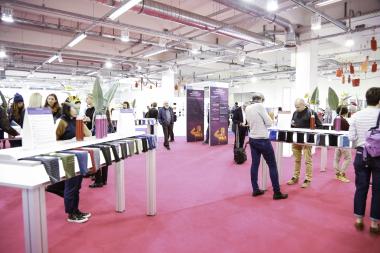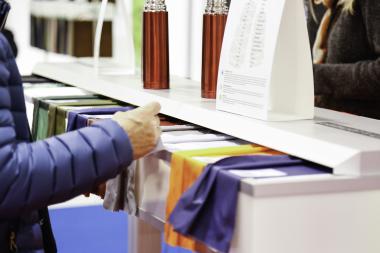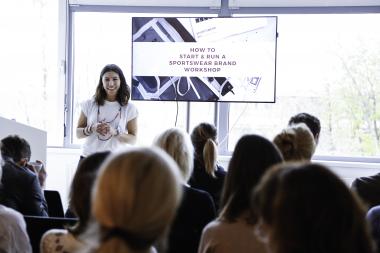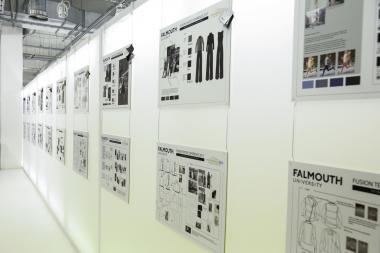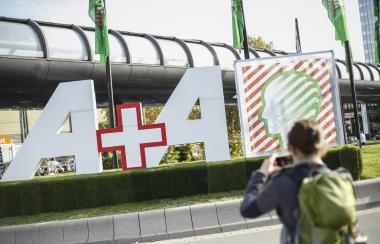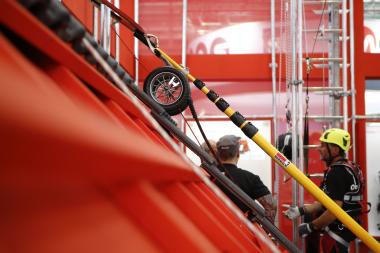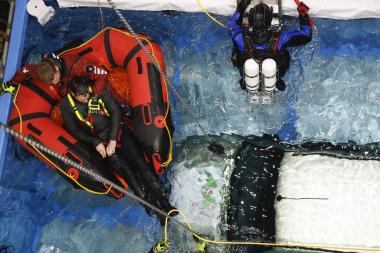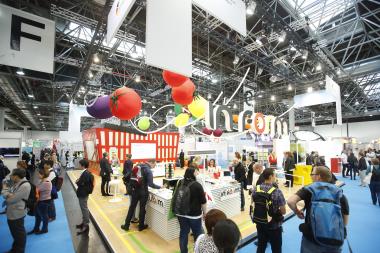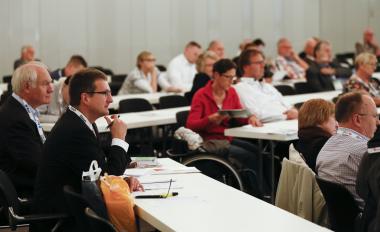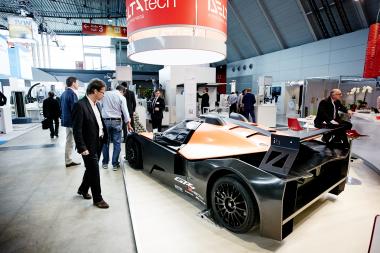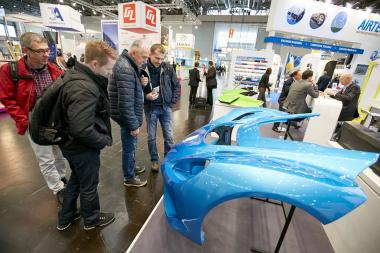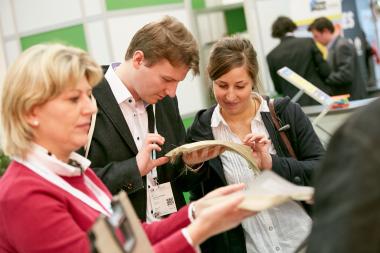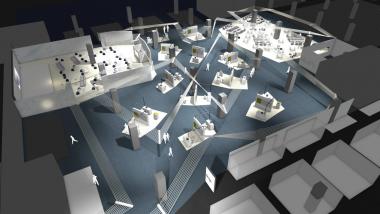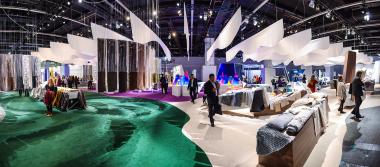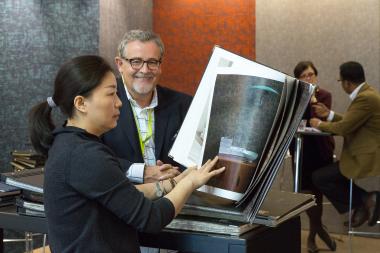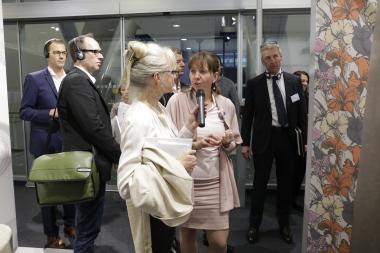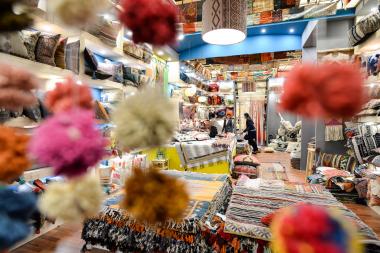Wilhelm Lorch Foundation: Demand and Support - Qualifying young and up-and-coming Talents
- Interview with Klaus Kottmeier, Elke Giese, Markus Gotta, Prof. Dr.-Ing. habil. Maike Rabe
In June 1988, the shareholders and management of Deutscher Fachverlag announced the Wilhelm Lorch Foundation to the textile and garment industry. Its purpose is to promote vocational training, including student assistance as well as science and research.
Upon its establishment, the Foundation received an initial endowment of DM 300,000 from Deut-scher Fachverlag. Today, the Foundation has assets of approx. 2,85 m. Euro (as at Dec 2019). Since 1988, the foundation has awarded sponsorship prizes of around EUR 1,933,564 (as of June 2020) to date, in order to fund the initial and further training of young people from all areas of the textile industry, with a particular focus on young and up-and-coming talents.
Textination talked to the former chairman of the supervisory board of Deutscher Fachverlag GmbH, the current member of the executive board and founding member of the foundation, Klaus Kottmeier, as well as three members of the board of trustees: Mrs. Elke Giese - trend analyst and fashion journalist, Markus Gotta, managing director of Deutscher Fachverlag GmbH, and Prof. Dr.-Ing. habil. Maike Rabe, who will take over the chairmanship of the foundation board on September 1, 2020, about the challenging task of continuing successfully the foundation's work in an environment characterized by the pandemic.
The figure 3 seems to play a very special role for the Wilhelm Lorch Foundation (WLS). In 1988 announced on the occasion of the 30th Forum of the TextilWirtschaft, it was endowed with assets of DM 300,000. 2019 marked the 30th anniversary of the award of the sponsorship prizes. If you had to introduce the WLS in 100 words to someone who does not know the foundation: Which 3 aspects have particularly influenced its development and made it unique?
Klaus Kottmeier: In more than 30 years the WLS has been in existence, the foundation has received great support all over the sector from the very beginning. This continues to this day and is not only reflected in the financial support provided by generous grants, but above all in an active commitment of many sector leaders on the foundation board and board of trustees. A second aspect is the unique range in the topics of the support, which extends across design, business and technology, covering young talents in retail as well as university graduates, but also involving educational institutions themselves. And thirdly, the motivation of so many applicants we experience every year, who prepare their applications with incredible diligence and thus impressively demonstrate their willingness to perform.
The name of the foundation is a tribute to Wilhelm Lorch, the publisher and founder of the trade journal Textil-Wirtschaft and thus of Deutscher Fachverlag, who died in 1966. Which of his characteristics and traits do you still see as exemplary for the next generation in our industry today?
Klaus Kottmeier: We are a publishing media house where professional journalism based on sound research always forms the basis. This is associated with classic values such as entrepreneurial courage and will, diligence and discipline, but also a sense of responsibility and team spirit, which were exemplified by our founder and which still form the culture of our company today. These all are qualities young people should take to heart and which, coupled with a passion for their profession, encourage them to continue on their path.
According to its statutes, the primary purpose of the foundation is the awarding of "... awards and prizes to graduates of continuation schools of the German retail textile trade, textile-technical training institutes and [...] for final degree or doctoral theses from universities, as far as these deal with textile topics.” How nationally and internationally does the WLS work?
Prof. Maike Rabe: The prizes are mainly awarded to graduates and applicants from Germany and German-speaking countries, but there are also always talents from Europe, who have close ties to the German market.
Markus Gotta: The focus is clearly on the core market of Germany or Germany-Austria-Switzerland respectively, which we cover with the TW - accordingly, we do not advertise internationally, but there is no exclusion for foreign applicants, the only requirement is that the submitted works and reports must be written in German or English.
Over the past 31 years in which the foundation has been awarding prizes to people, projects and works, you have met many young talents who have moved our industry or will certainly do so. Are there any unusual stories or special award winners that have remained in your memory? And how do you assess the development of the applicants' educational level over the years?
Elke Giese: The applicants come from very different schools and universities, differing significantly in their profiles and focus. The demands on teaching have grown enormously, especially as a result of increasing digitization. Since the job profiles in the fashion business are also constantly changing and will continue to be subject to major changes in the future, the challenges for schools and students remain very high.
From each year, particularly talented and creative personalities remain in one's memory. To name one, Elisa Paulina Herrmann from Pforzheim, who was twice among the prize winners in 2017 and 2019 with her bachelor's and then master's thesis. Her ability and originality were overwhelming for the board of trustees. She now creates exclusive knitwear collections for Gucci. Among the young men is Niels Holger Wien, who received WLS funding in 1995. He has been the specialist for color trends and zeitgeist of the German Fashion Institute for many years and is currently president of the world's most important color committee INTERCOLOR.
Klaus Kottmeier: There are many award winners who have subsequently made a great career, to name just one example, Dr. Oliver Pabst, current CEO of Mammut Sports Group AG and WLS award winner in 1994.
Due to its proximity to TextilWirtschaft, the foundation is primarily associated with fashion design and topics related to clothing production or marketing. In 2020 you have put Smart Textiles in the virtual spotlight with two project sponsorships. How do you see future topics in the field of technical textiles? Can you imagine creating a new focus on that field?
Prof. Maike Rabe: First of all, the WLS supports talented young people who, thanks to their training, can take up a career in the entire textile and clothing industry. Of course, this also includes the field of technical textiles, which is of great importance in terms of production in Germany being a technological leader. Here the boundaries to clothing are fluid, just think of outdoor or sports equipment. „
Klaus Kottmeier: Our excellently staffed board of trustees is open to all innovative topics in the industry. Innovations in the field of technical textiles in particular are important topics for the future. In 2017, for example, the sponsorship award went to the Anna-Siemsen-School, a vocational school for textile technology and clothing in Hanover, through which we supported the procurement of a pattern design software.
The Wilhelm Lorch Foundation has set itself the goal of supporting qualified young people in the textile and fashion industry. However, you preclude the support for business start-ups. In times, in which start-ups receive increasing attention not only through corresponding TV formats but also through industry associations, there must be reasons for this. What are they and how do you assess future prospects?
Klaus Kottmeier: Support for business start-ups is precluded by §2 of our statutes, which defines the purpose of the foundation. The WLS is exclusively dedicated to the charitable purpose. Support for start-ups and business start-ups would contradict this. We therefore concentrate fully on the further education of young professionals in the sector and the promotion of educational institutions, from which the entire sector benefits.
Prof. Maike Rabe: WLS funding is aimed at further developing the skills of graduates and young talents from the sector. They should receive specific further training, possibly reach a further academic degree, and also learn in an interdisciplinary manner. All of this benefits the sector as a whole and this is our strict objective.
The foundation also promotes the training and further education of young and up-and-coming talents who are already working in the textile retail trade. Grants are available to cover course or study fees for further qualification. The closure of shops caused by the lockdown during the pandemic hit the stationary retail trade hard, and even today we are still miles away from regular business operations. Against this background, how do you see focused funding opportunities for further training in the e-commerce sector?
Markus Gotta: The topics of stationary retail and e-commerce can't really be separated, both have long since become part of the basic requirements in fashion sales and thus also of the topics of training and further education in general.
Prof. Maike Rabe: E-commerce has become an integral part of our industry and is naturally reflected in many grants and subsidies. The junior staff members are allowed to make their own suggestions as to where and how they would like to train. We support this. But we would also like to strengthen the connection between stationary and digital trade in particular. Our prize winners have come up with wonderful concepts for both sales channels, and of course they can be combined.
Breaking new ground means willingness to make decisions, overcoming fears - and thus courage to fail. Not every project can succeed. In retrospect, which decisions in your foundation work are you particularly happy to have made?
Markus Gotta: That we implemented the Summer School project last year. We broke new ground with the foundation, and this - in cooperation with the Niederrhein University of Applied Sciences - was very successful.
Elke Giese: Especially in the field of design and creation, it is important to recognize an applicant's future creative potential from the work at hand and the information provided by the applicant. I am therefore always particularly pleased when the board of trustees makes courageous and progressive decisions.
The Wilhelm Lorch Foundation offers project funding of € 10,000 to universities and educational institutions. They do not make any thematic restrictions here, but simply demand that there must be a clear reference to the sustainable further training of young up-and-coming talents in the textile and fashion industry. According to which criteria do you finally decide which project will be funded?
Elke Giese: One criterion is the relevance for future developments in the textile and fashion industry. Projects in recent years have enabled schools and educational institutions to train on laser cutters and 3D printers, for example, but also to purchase modern knitting machines or software programs.
Prof. Maike Rabe: All the projects submitted are evaluated very strictly by the jury's experts using a points-based system. This results in a shortlist which is presented to the board of trustees and intensively discussed by them. In this way, we ensure that all submitted applications are honored and that we then award the Wilhelm Lorch Prize to the outstanding project submissions in a joint consensus. The most important criteria are sustainable teaching of innovative learning content, practical training and the feasibility of the submitted project.
There are many different definitions of sustainability. Customers expect everything under this term - from climate protection to ecology, from on-site production in the region to the exclusion of child labor etc. Public procurement is increasingly switching to sustainable textiles. What does this mean for WLS, and what are you doing to promote sustainable thinking and acting, not only among young professionals?
Prof. Maike Rabe: At the foundation, we base our definition of "sustainability" on the 1987 report of the United Nations World Commission on Environment and Development, the so-called Brundtland Commission: "Sustainable development is development that meets the needs of the present without compromising the ability of future generations to meet their own needs". The textile and clothing sector plays a pioneering role as a globally enormously connected industry with complex supply chains, which should definitely also play a model role. We therefore make it a priority for all award winners to observe these criteria and at the same time try to provide a platform for people who, through their work and actions, offer suggestions for improvement or even already implement improvements.
Virtual instead of red carpet: Usually the awards are presented in the festive setting of the TextilWirtschaft Forum. In 2020, due to the Covid-19, there was only a digital version in the form of a short film. How important do you consider networking opportunities that arise from meeting influential personalities face-to-face? Or has such a format become obsolete in the age of video conferencing?
Prof. Maike Rabe: It is certainly remarkable what digital event formats can achieve. But one thing doesn't work: spontaneity, personal contact and closeness. Therefor it is a real pity that the Forum had to be cancelled this year due to corona. Especially for career starters, the chance for direct networking is of great value.
Markus Gotta: The need for personal exchange and meetings will continue to be of great importance and demand in the future. And I can say at this point: We are already working on the plans for the TW Forum 2021 as a live and meeting event with the top decision-makers in the sector.
In which socially relevant areas do you see a particularly great need for innovation and action during the next five years? What is your assessment that funding - for example from the Wilhelm Lorch Foundation - can provide targeted support for solutions? And what role do the experiences from the corona pandemic play in this assessment?
Prof. Maike Rabe: We don't think in five-year periods, today's world requires much greater agility - this applies to the Foundation as well as to the entire industry. With each award we re-orientate ourselves towards current topics. Topics such as aesthetics, function and innovation will certainly continue to play a major role, as will quality instead of quantity, eco-social justice and customer loyalty. It is also important, however, that our economy, which is strongly supported by medium-sized companies, is clearly perceived by the public and in politics; we still have to work on that.
Klaus Kottmeier: I gladly agree with Prof. Rabe's closing statement. Agility is also of great importance in a media company like ours. We live in a constant transformation process with constant changes that have to be faced. The corona pandemic has shown us very impressively how quickly original plans can become waste. Today, and more than ever before in the future, a constant willingness to change is required, and this applies not only to us but also to our hopeful young employees.
The interview was conducted by Ines Chucholowius,
CEO Textination GmbH
 Photo: Wilhelm-Lorch-Foundation. Klaus Kottmeier.
Photo: Wilhelm-Lorch-Foundation. Klaus Kottmeier.
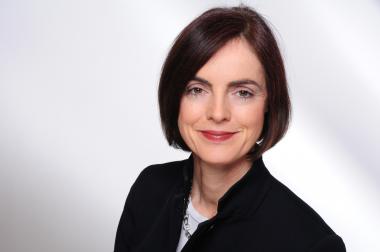 Photo: Wilhelm-Lorch-Foundation. Prof. Dr.-Ing. habil. Maike Rabe.
Photo: Wilhelm-Lorch-Foundation. Prof. Dr.-Ing. habil. Maike Rabe.
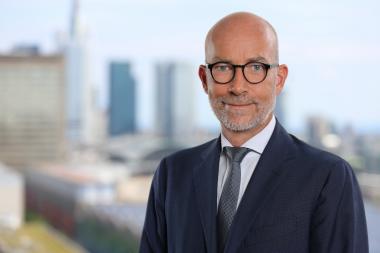 Photo: Wilhelm-Lorch-Foundation. Markus Gotta.
Photo: Wilhelm-Lorch-Foundation. Markus Gotta.
 Photo: Wilhelm-Lorch-Foundation. Elke Giese.
Photo: Wilhelm-Lorch-Foundation. Elke Giese.
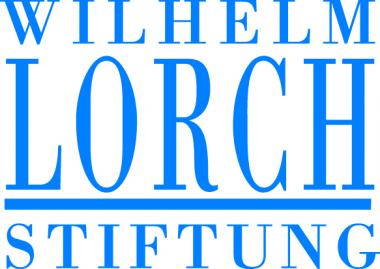 Photo: Wilhelm-Lorch-Foundation.
Photo: Wilhelm-Lorch-Foundation.
Deutscher Fachverlag Wilhelm-Lorch-Stiftung Wilhelm-Lorch-Preis Wilhelm-Lorch-Förderpreis
Textination GmbH



